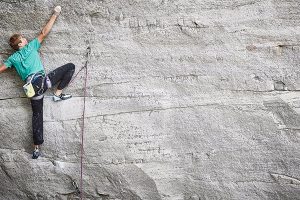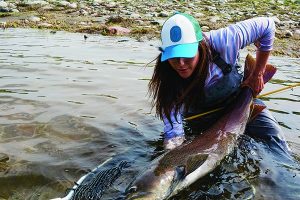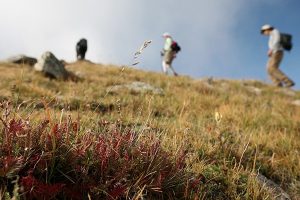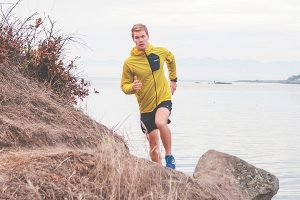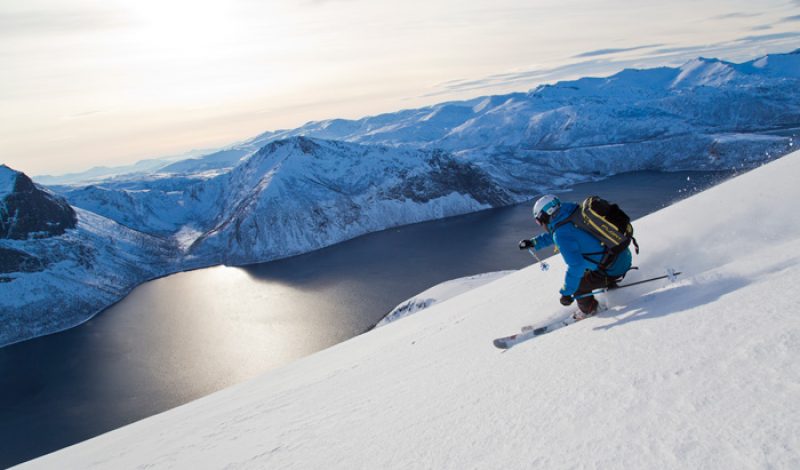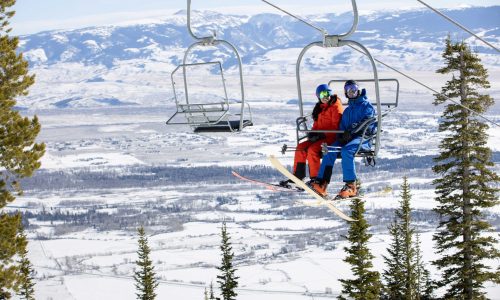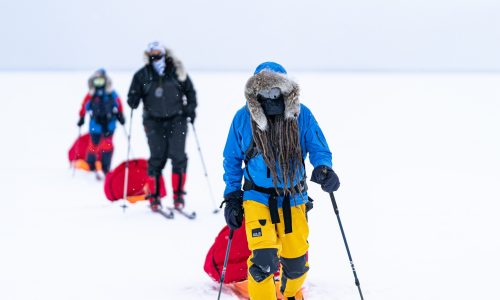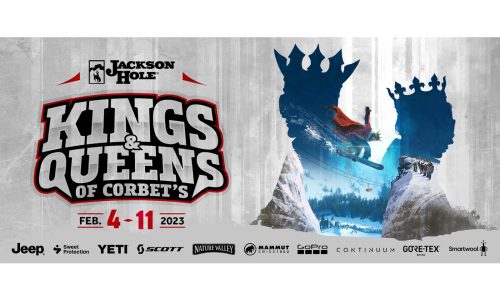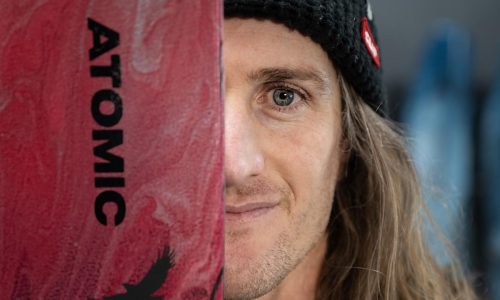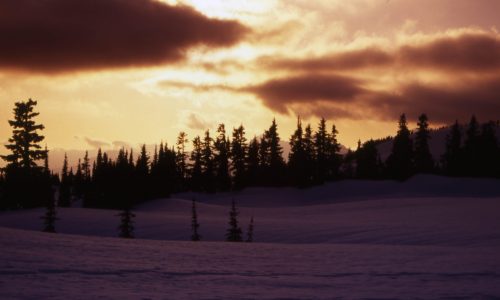It seems like the best places to ski are nowhere near a major airport. Great mountains and great inaccessibility usually go hand in hand. Three flights, some lost luggage, and a 3 hour bus ride from Tromsø and we arrive at one of the most pure ski destinations in the world – Senja, Norway.
Our group, consisting of journalists, athletes, and PR folks, are guests of Polygiene, and Pure Ski Touring, a Swedish tour operator who organizes ski adventures around the globe. Camilla Antonsson, owner/operator of Pure Productions, greets us at Tromsø airport and wrangles skiers, equipment, and baggage desk clerks as we arrive for “Pure Senja”. She is both a force of nature and a welcoming host, ensuring we have the gear we need, sorting us into the groups, and pairing us with guides we’ll be touring with for the next four days.
Fast forward to the following morning and Magnus, our guide, is giddy as we drive through the mountains and along the fjords. “Wow, these mountains are awesome” he says. He’s got The Roots blasting as we travel roads that follow the coast or, when necessary, burrow through the mountains, part of the island’s network of tunnels. Northern Norway is sparsely populated, but the infrastructure is impressive.
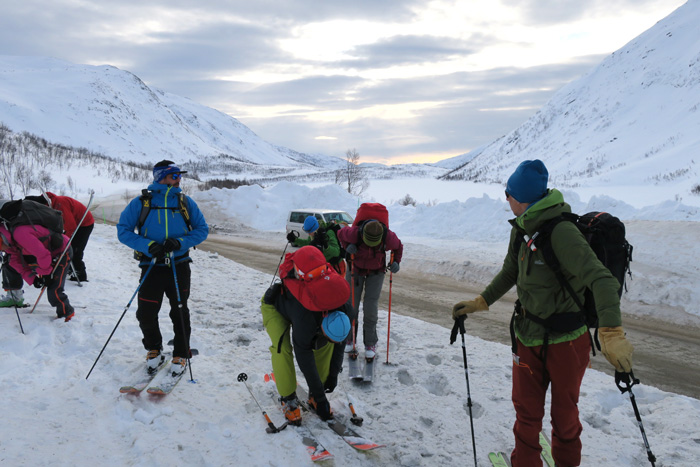
The mountains rise directly from the fjords creating the most dramatic backdrop you’ll ever have for thousands of feet of climbing and descent. The climbing is steady and there is virtually no approach from the road. Parking in a small turnout and gearing up, we went directly from clicking in – to ascending.
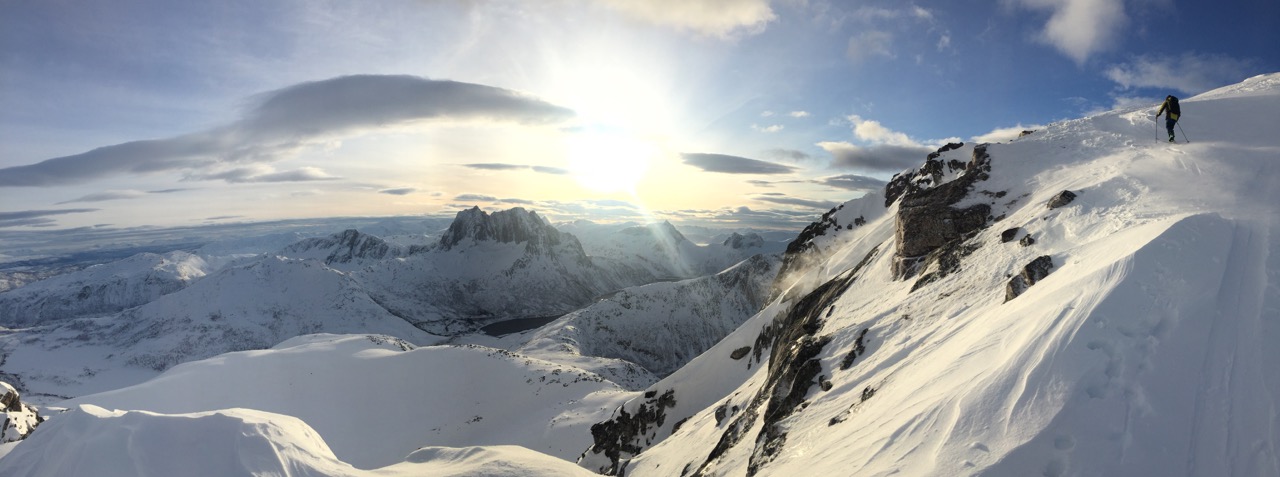
It’s as if Apple integrated the panoramic function into my phone specifically for attempting to capture the island of Senja. Located north of the Arctic Circle, at just south of the same latitude as Barrow, AK – Senja is the second largest island in Norway. Home to some of the most accessible and spectacular ski touring in the world, it’s a backcountry skier’s dream.
Staying at Hamn Senja resort provided an ideal location to base our daily tours. The resort, reopened in 2008 due to a 2005 fire, plays host to travelers from all over the globe not only looking to ski, but also seeking the opportunity to go whale watching for orca & humpback, kayaking on Norway’s NW coast or fishing out of the small harbor surrounded by the resort.

The resort is home to one of the most unique hot tubs I’ve ever encountered. Built from an old fishing boat, re-fitted to house hot water and people, waitstaff bring cocktails and beer to guests surrounding a small table affixed in the center. The nearby sauna provided much needed therapy after days of touring and after extremely quick dips in the 6 degree (c) Barents Sea.
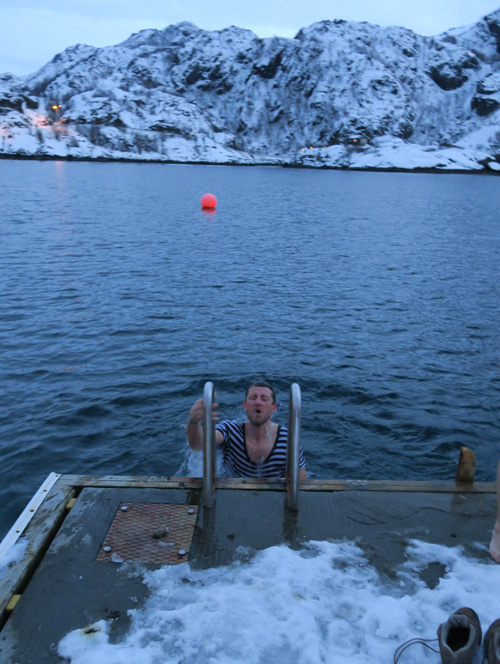
The snow here is really good, and despite the fact it hadn’t snowed in several days when we arrived, the low and short arc of the sun left it relatively untouched and ultimately skiable. The stocky, well-spaced deciduous trees framed the lower elevations providing some “run of the year” conditions.
After three days of bagging two summits a day, we were beat. But the descents were definitely worth the climbs, and though we may have been working hard during the day, the sauna and dunks in the ice-cold ocean, coupled with our attempt to learn Swedish drinking songs, provided the necessary rejuvenation.
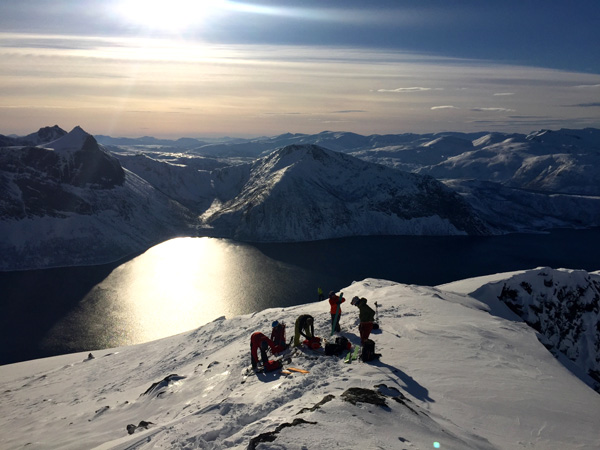
A trip to northern Norway is just what you need to escape the crowded backcountry that has become a reality in the rocky mountain west. Maybe you are one of the lucky ones, earning turns in the Santa Fe National Forest or somewhere in the Green Mountains of Vermont or the Sawtooth’s of Idaho. Even then, Norway delivers a trip of a lifetime. Take a look below at some of the gear I took with me, some of which was given or loaned to Gear Institute, for ideas about what you’ll bring to Senja.
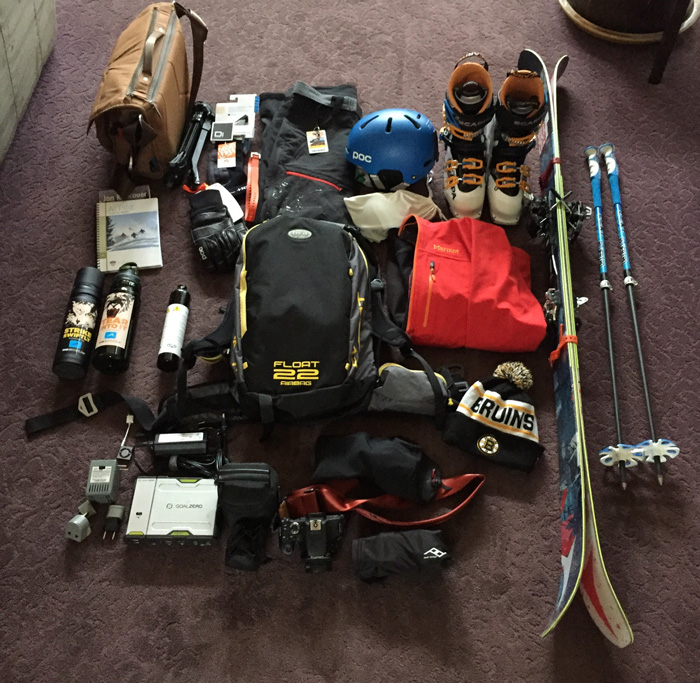
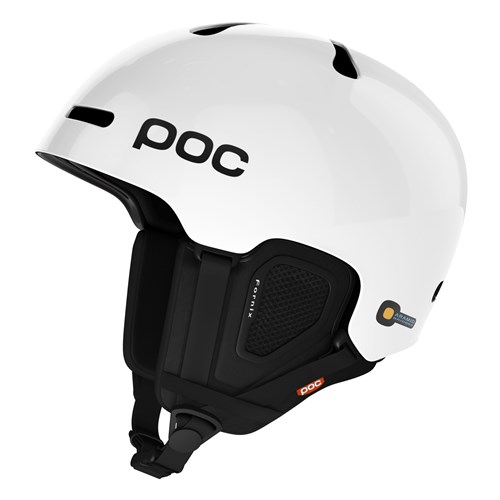
POC Fornix Helmet
Very lightweight at 15.5oz (size M/L) this ski helmet is packed with features like a size adjustment wheel, easily adjustable vents, and Polygiene treated lining to keep you from stinking (see my recent Polygiene post for more info about that).
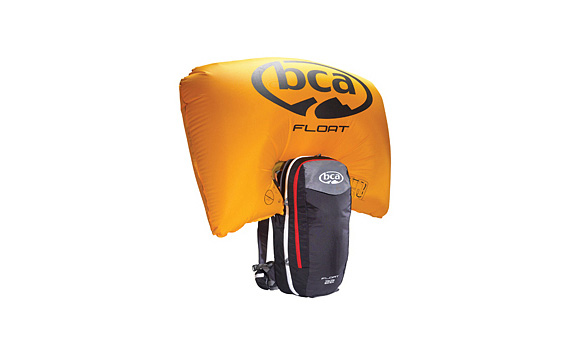
BCA Float 22 Airbag Pack
At about $475 (on Backcountry.com), including an air cylinder, the Float 22 is one of the more affordable airbag packs on the market. It’s also smaller and lighter than many of the packs out there, which made it suitable for our day trips from the resort.
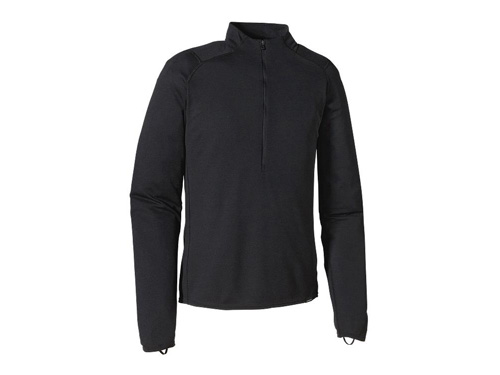
Patagonia Capilene Baselayers
For this trip, Patagonia was kind enough to supply us with some of their Midweight and Lightweight (level 2 & 3) Capilene baselayers. Comfortable, light, and excellent moisture control were all imperative while touring six hours a day. Again, these are Polygiene treated – meaning I didn’t have to wash them at all during the trip, while still passing daily smell tests.
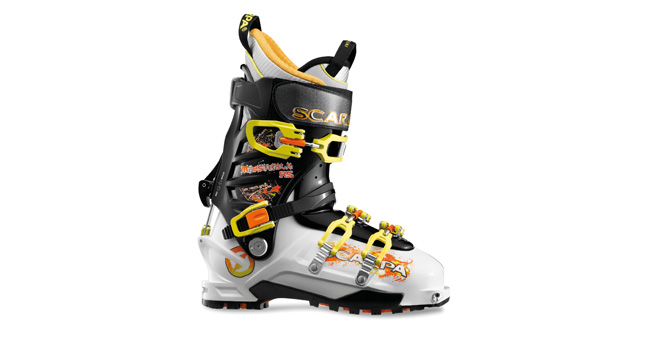
Ski Touring Gear – Atomic, Scarpa, Dynafit
My go-to backcountry setup is a not as light as it could be, but I’d rather suffer during the uphill so I can kick ass on the downhill. The Atomic Blog is a great all mountain ski (it’s kind of like a scaled down Bent Chetler), and paired with Dynafit Radical bindings (GI Best in Class 2015), they rip. These days I’m touring in the Scarpa Mastrale RS, again a little more weight, but overall they provide an excellent ratio of uphill to downhill performance.
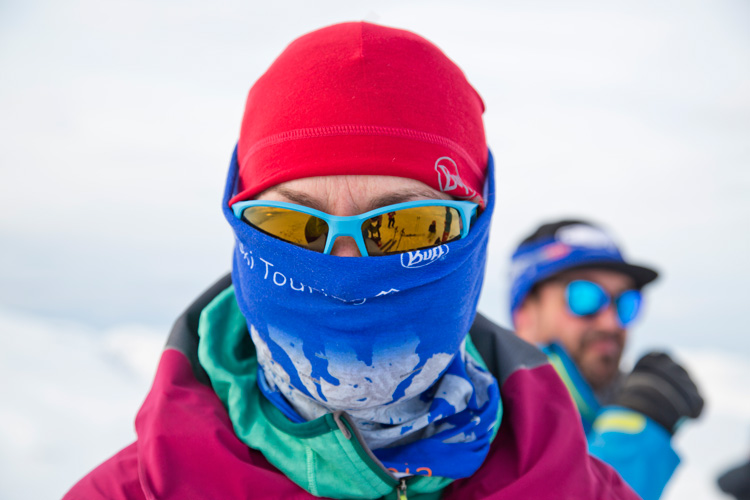
Buff
My Buff is versatile and comes with me on every ski trip. I use it as a neck warmer, a hat, ear warmers, and it barely weighs anything. My new one, you guessed it, is Polygiene treated – no smelly Buff for me.
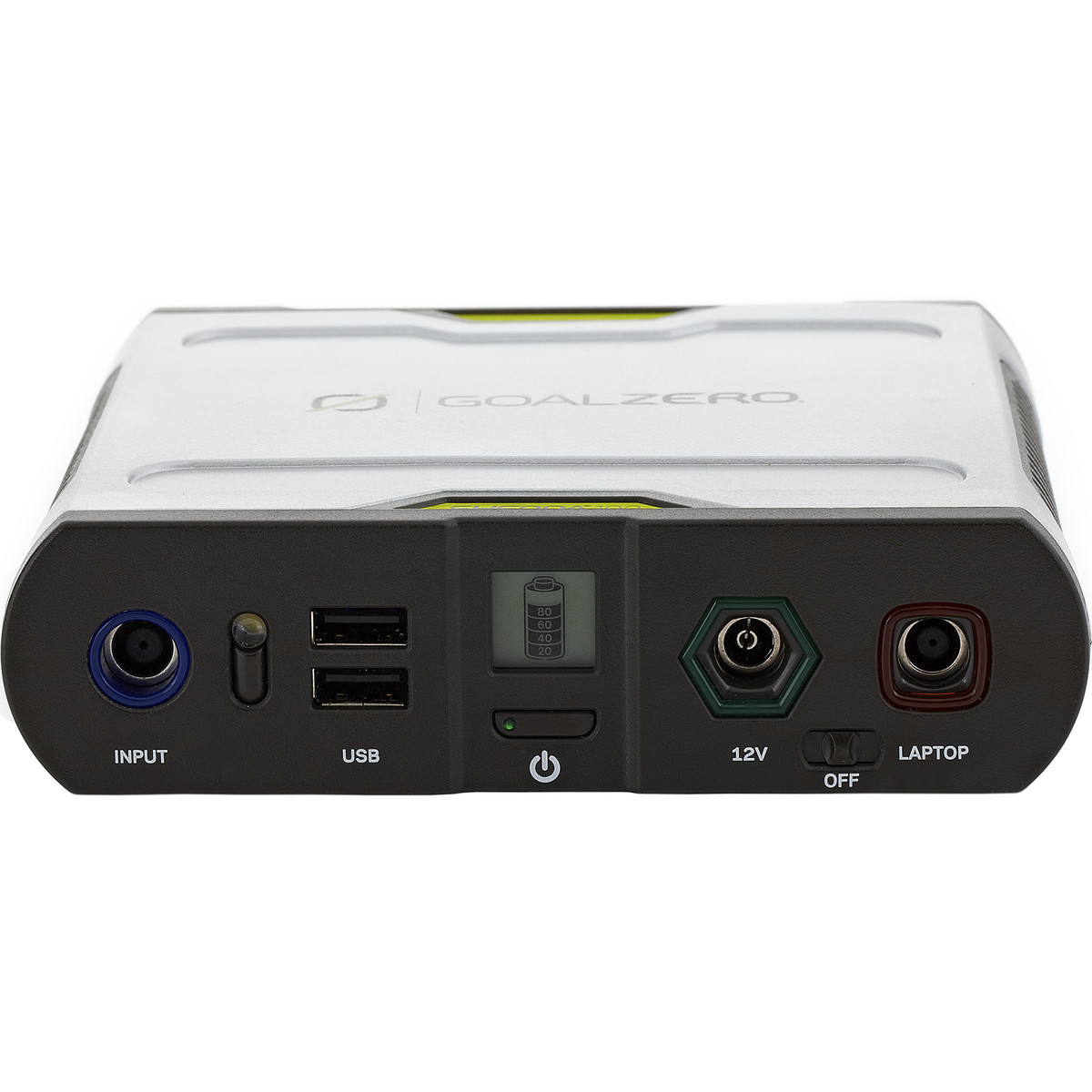
Goal Zero Sherpa 100
This thing goes with me all around the globe. It’s not super light, but its so useful – I must have it with me. I can charge my GoPro and my phone at the same time, or any other two USB powered items. It has an optional laptop cord that will charge my MacBook Pro twice. It also has an attachment that will add a standard outlet to the side. I usually don’t have to use any foreign outlets on a 1-week trip when I bring this little guy along. If the trip is longer, I just need to recharge this (no converter is usually needed, just a plug adapter). Get your own on Backcountry.com.

